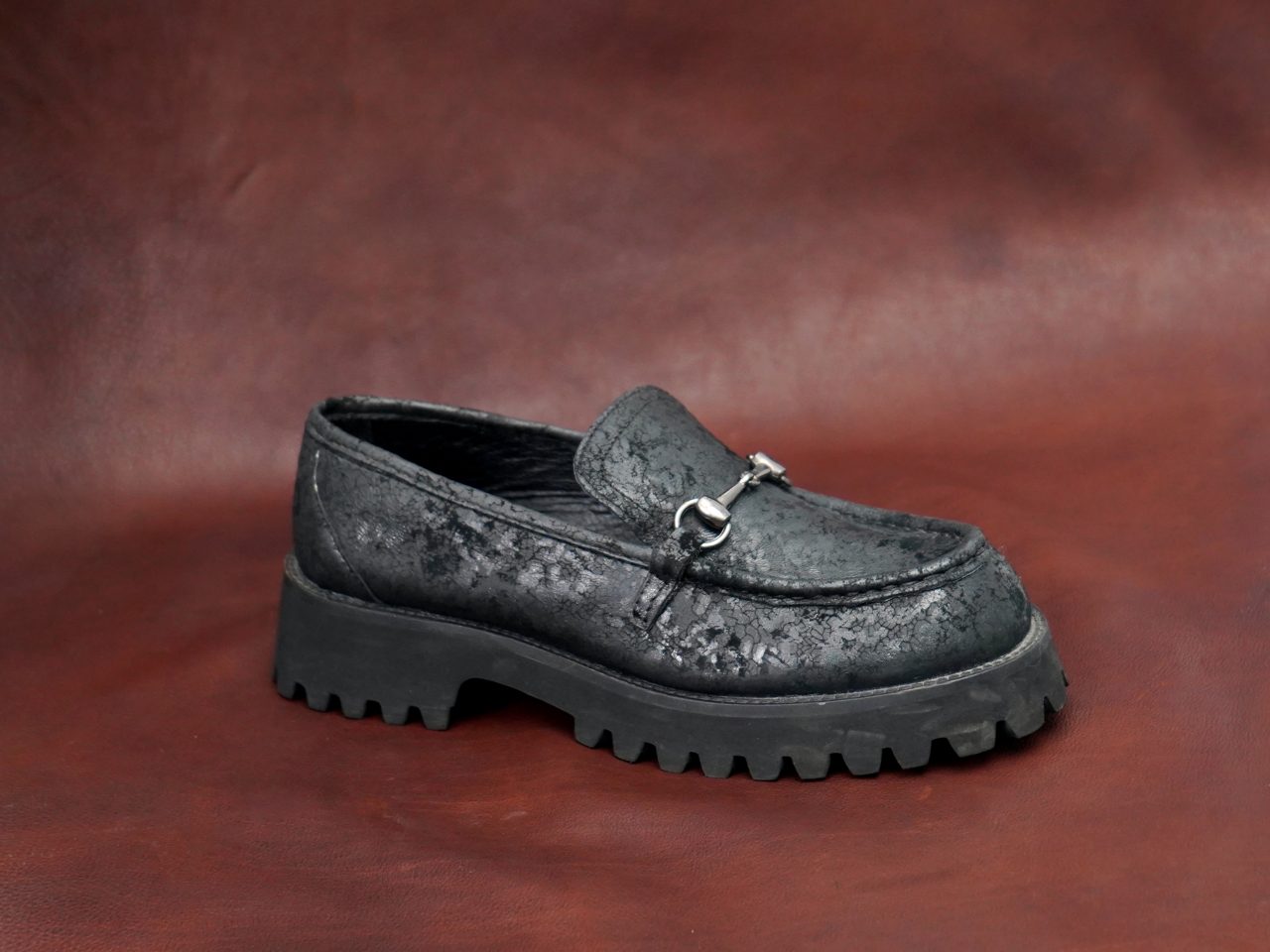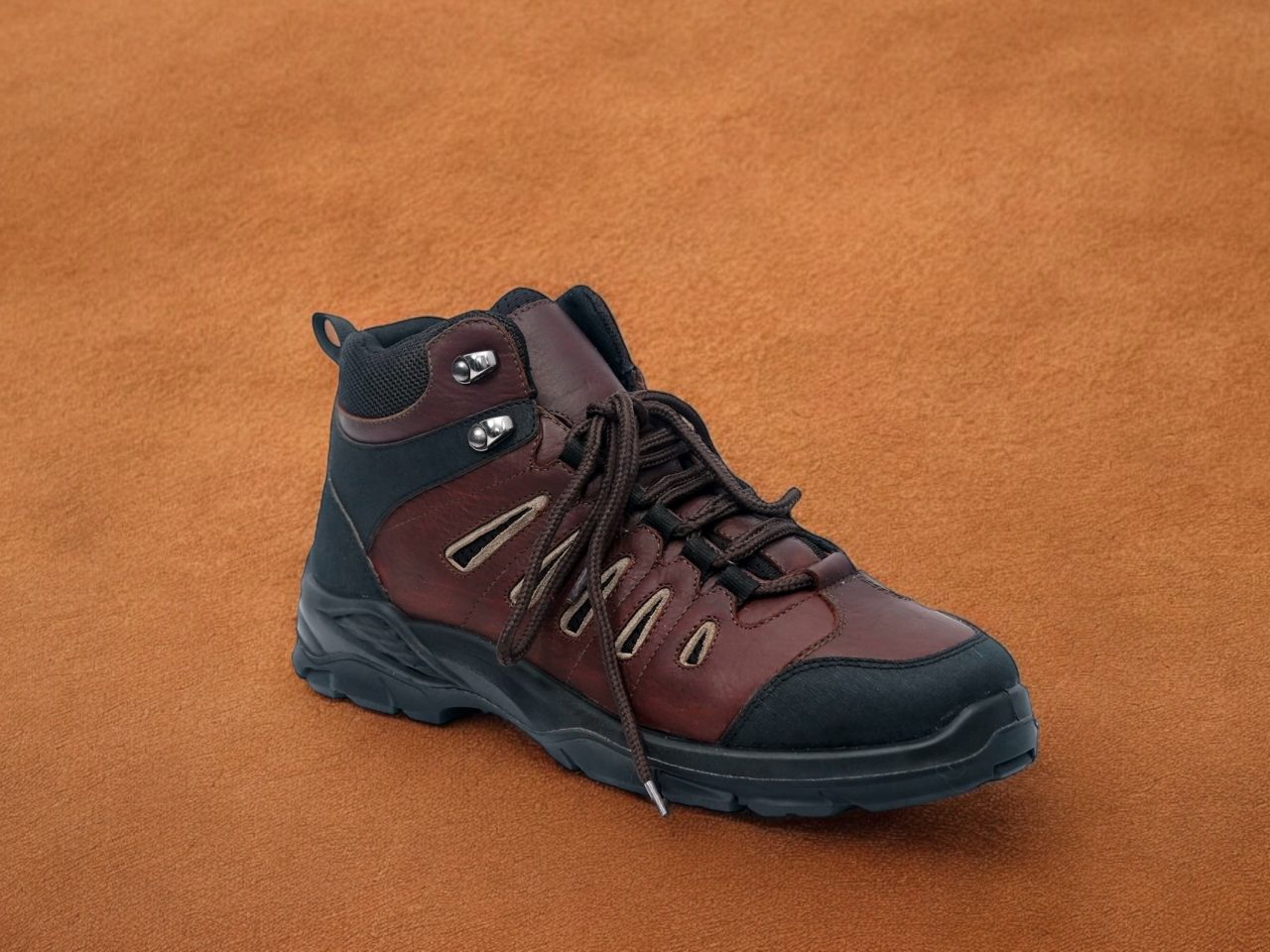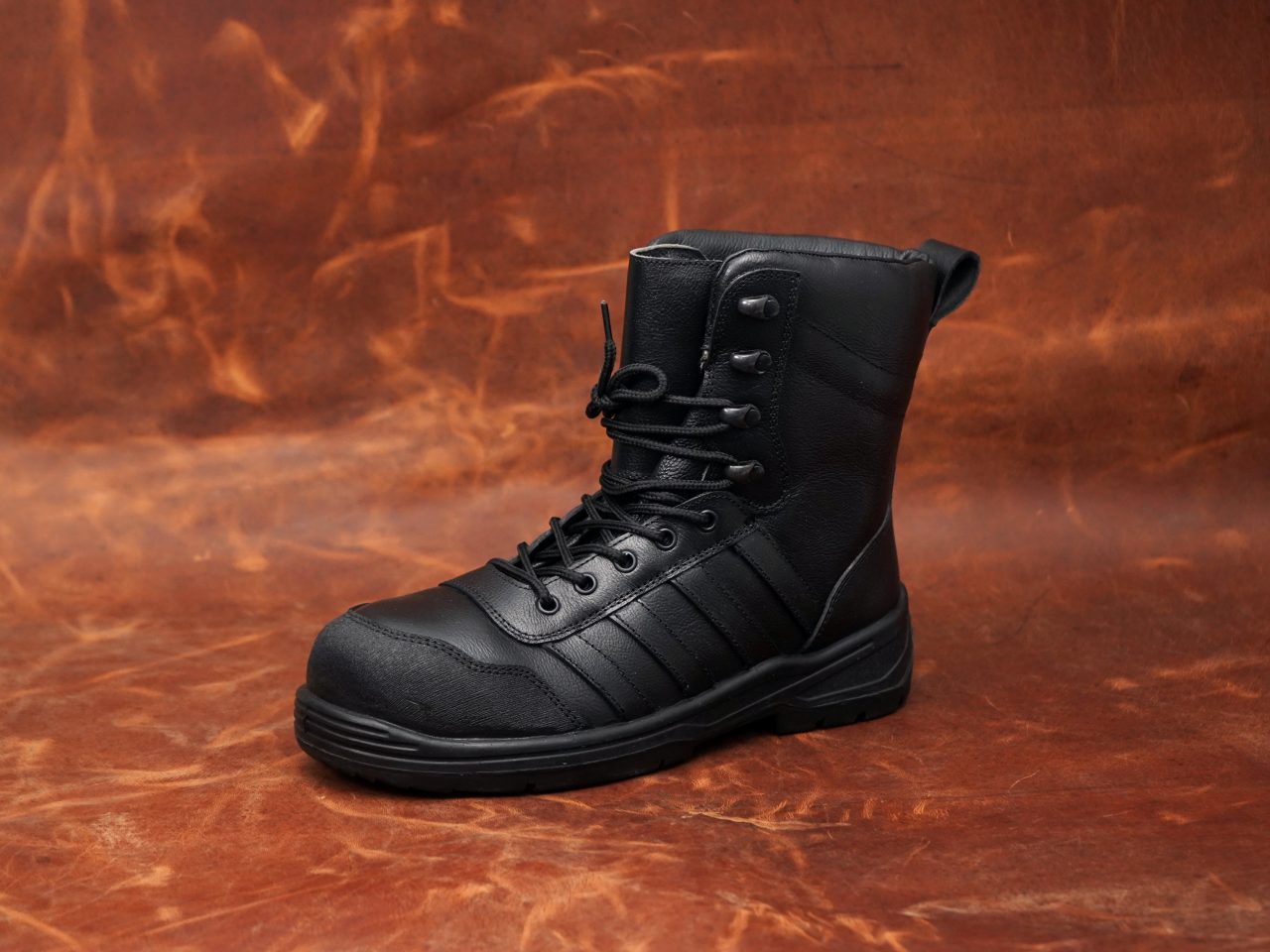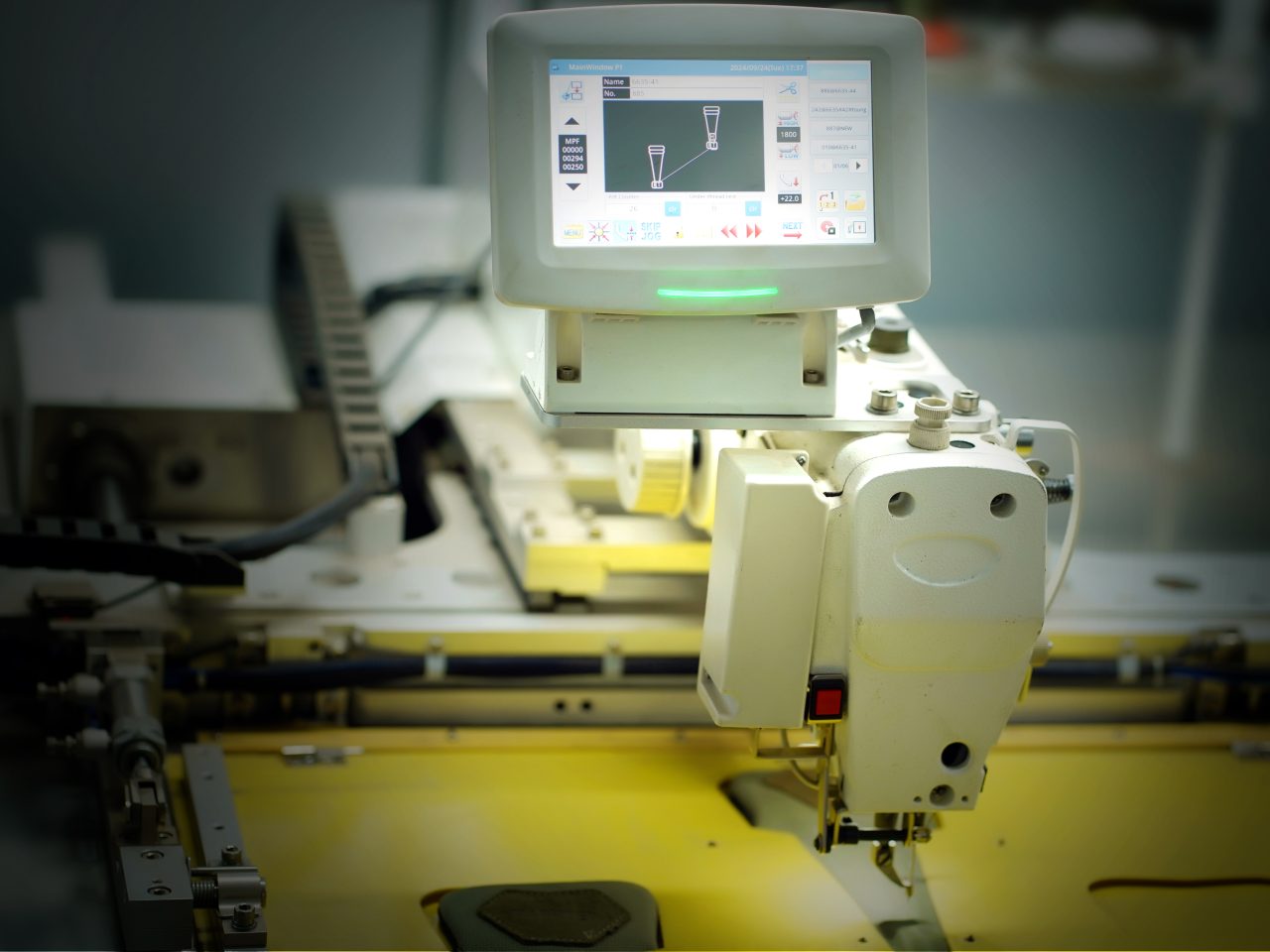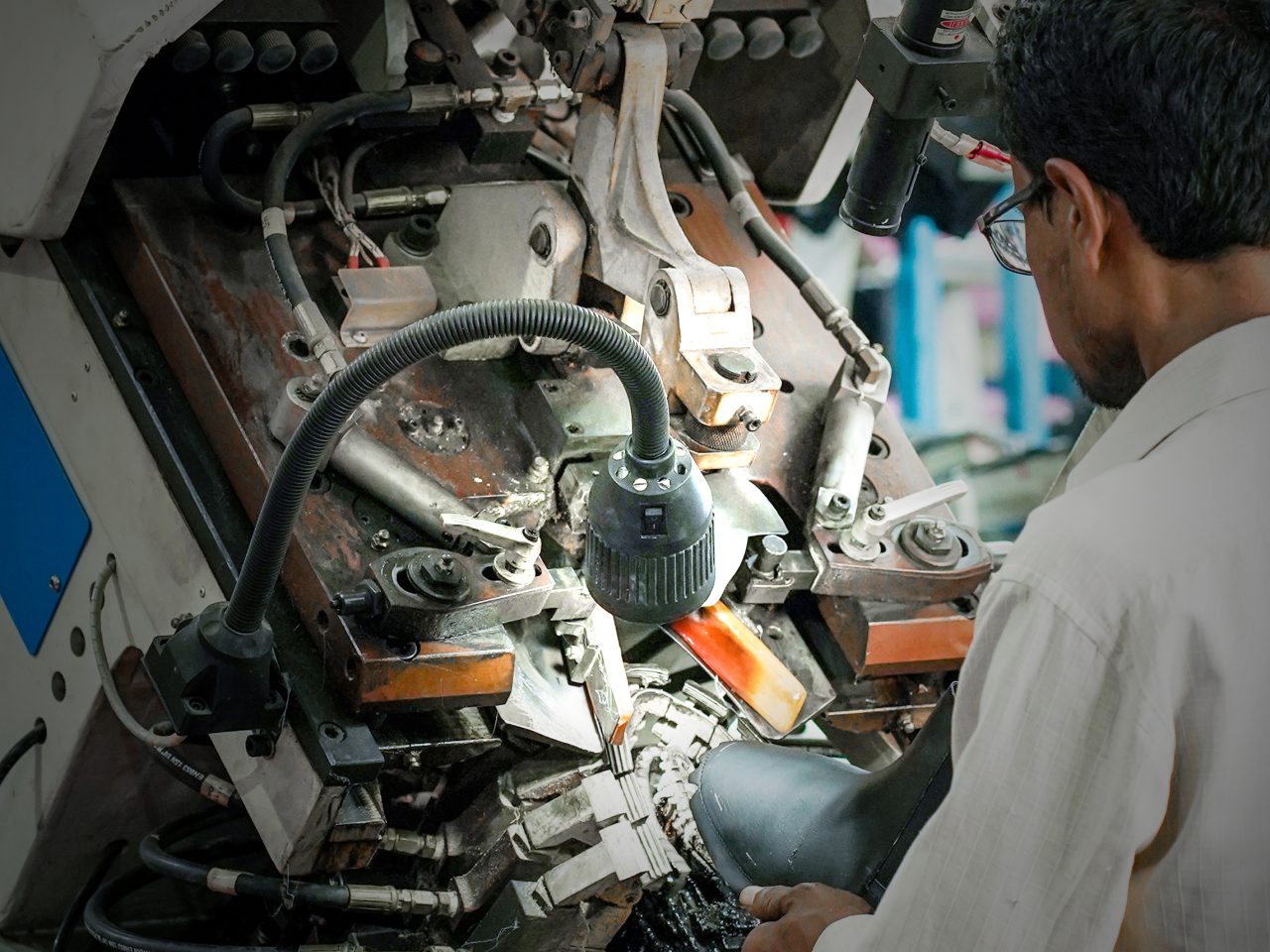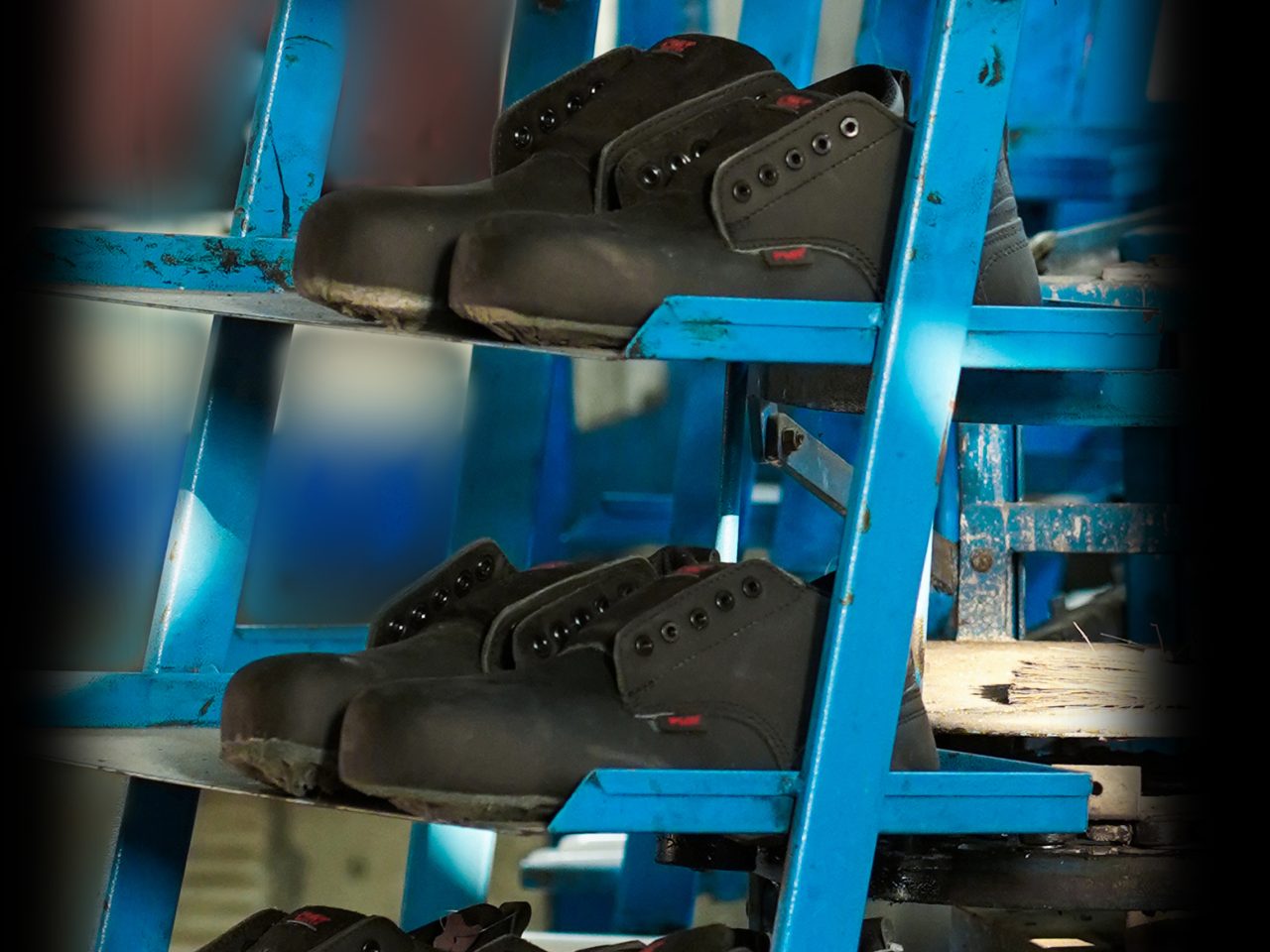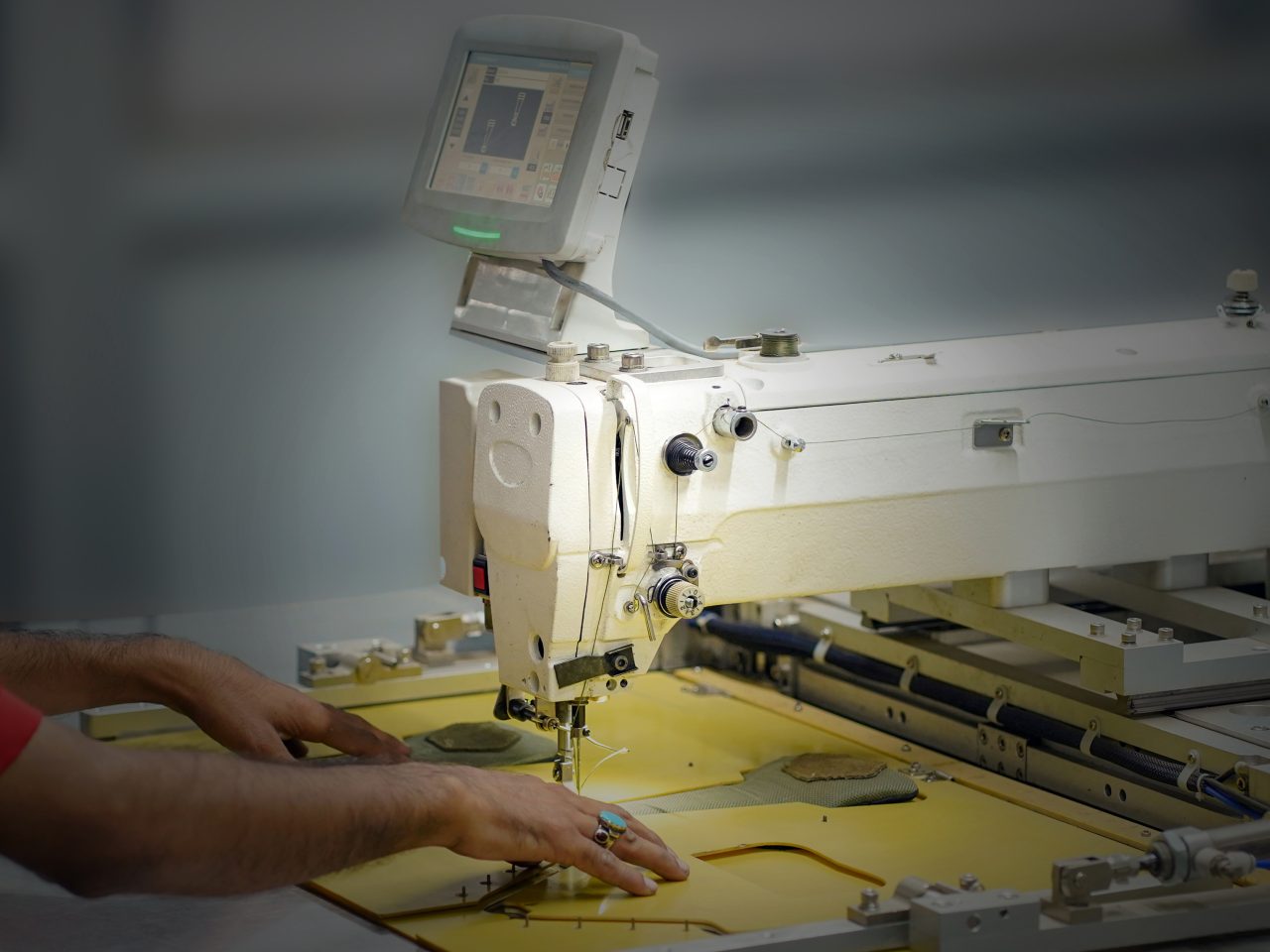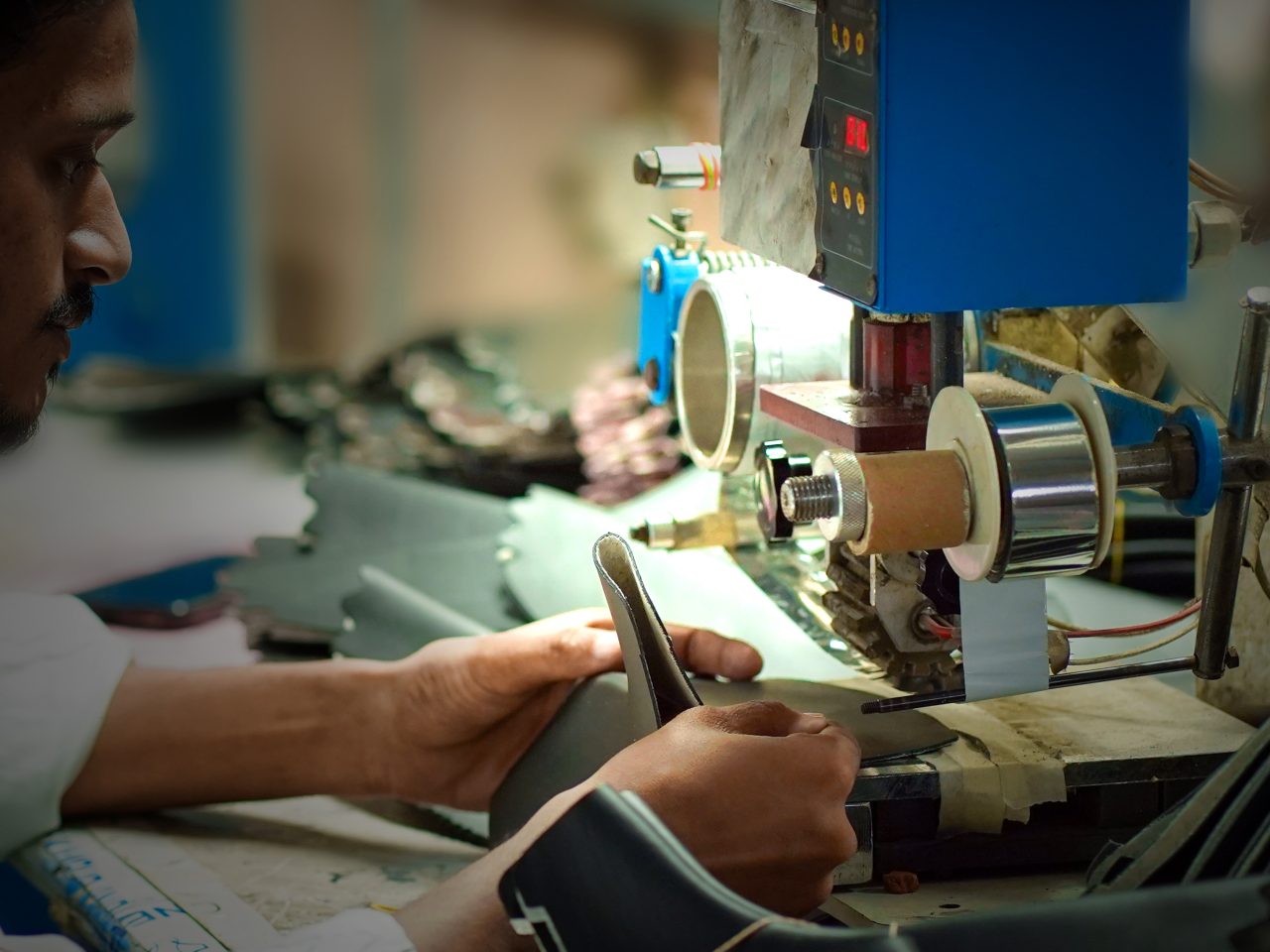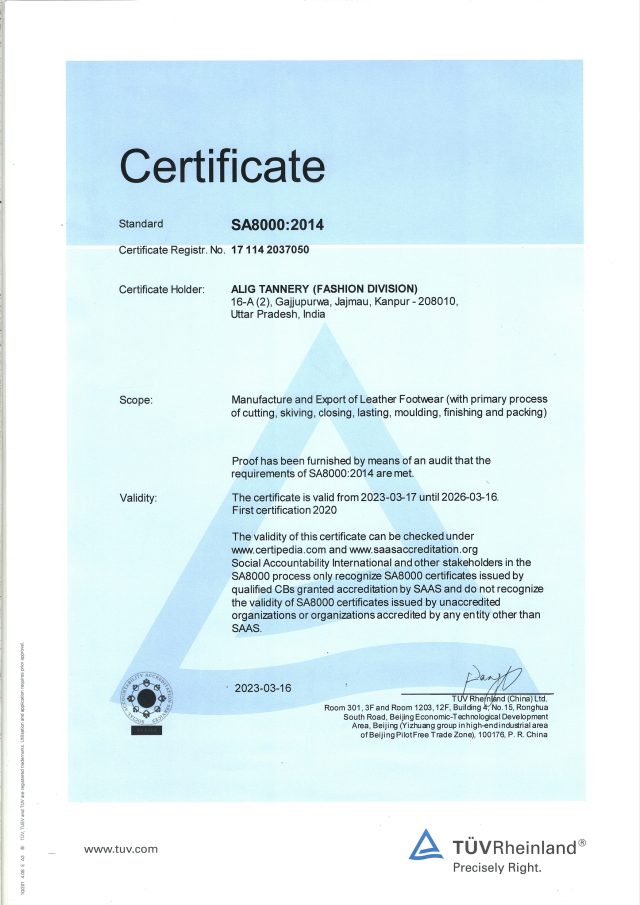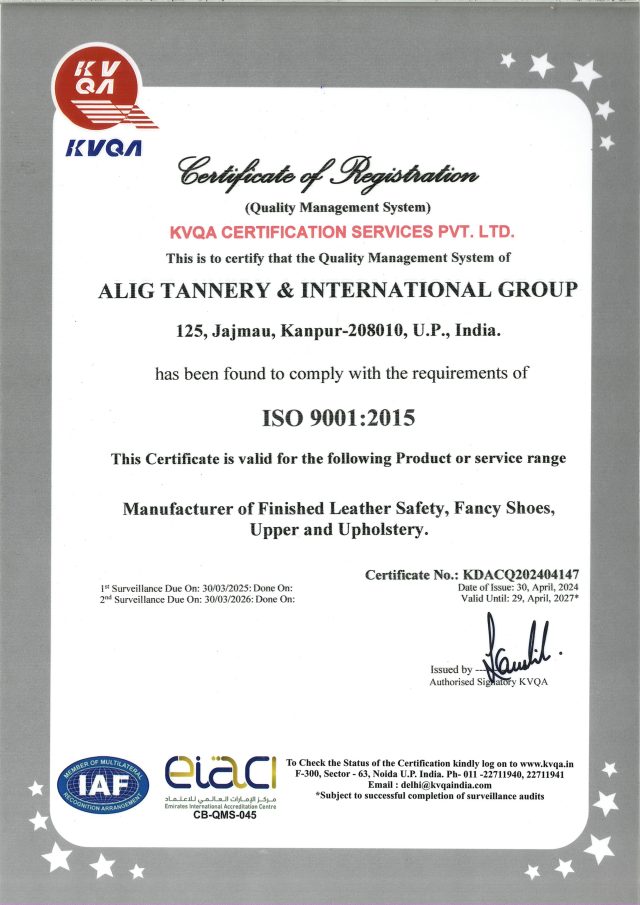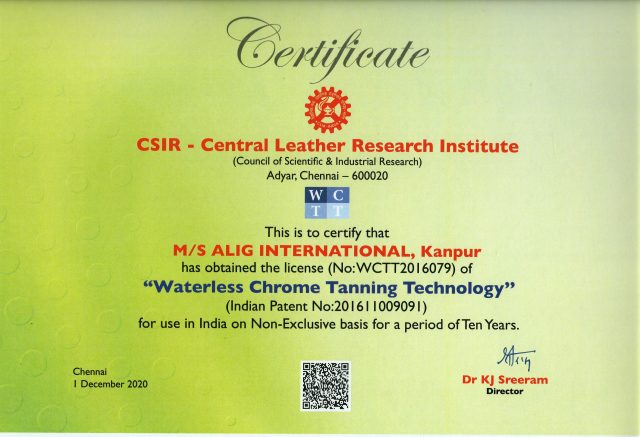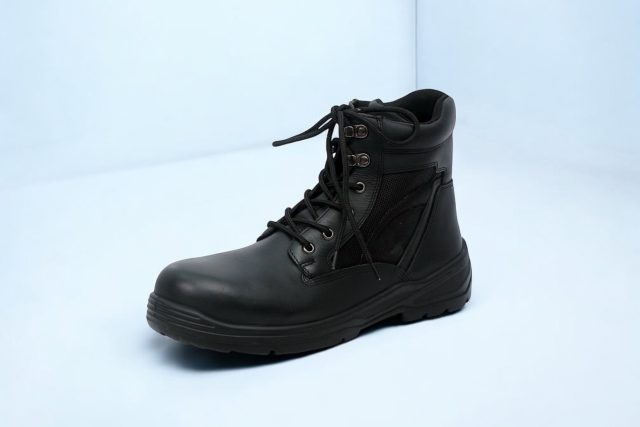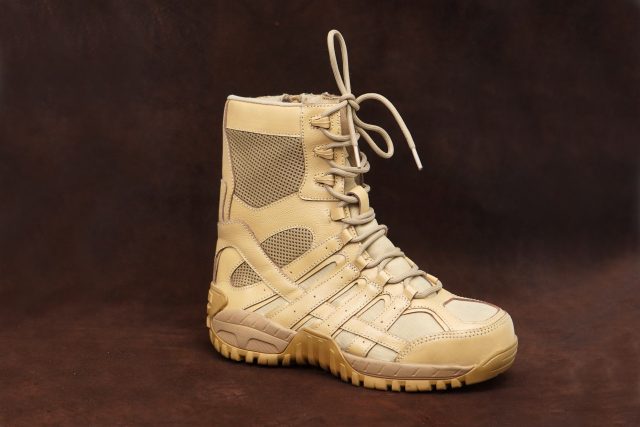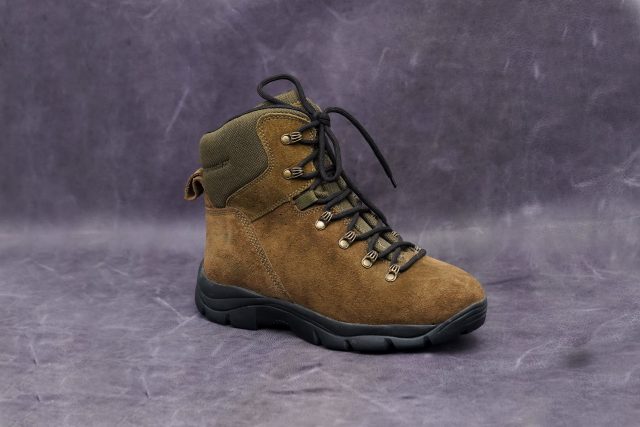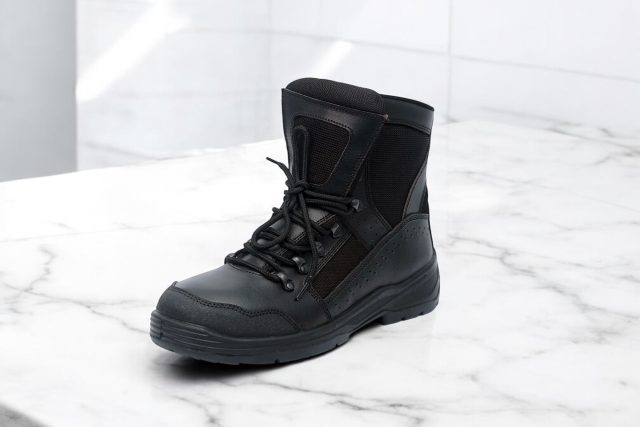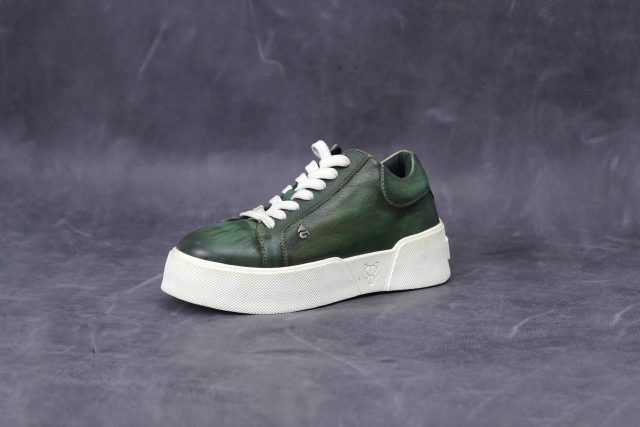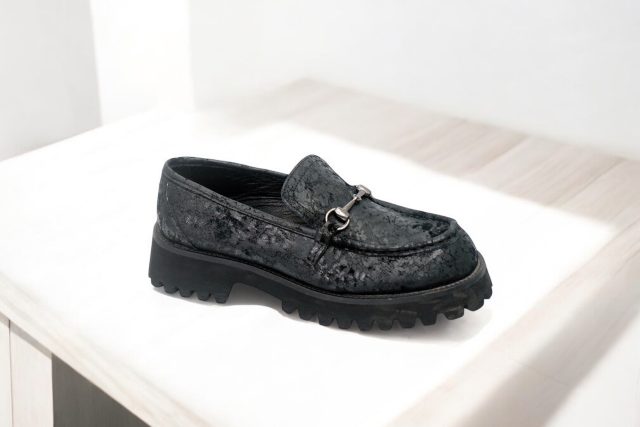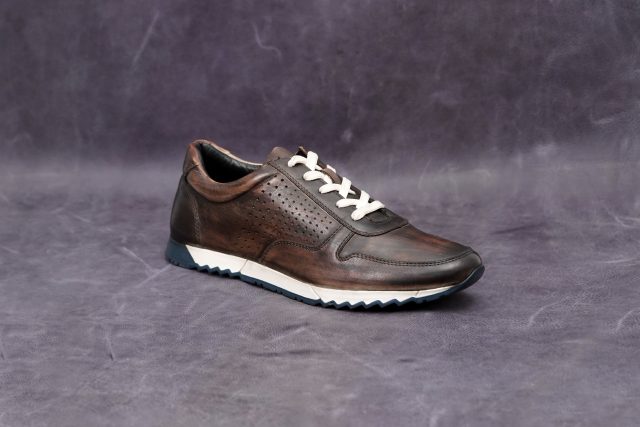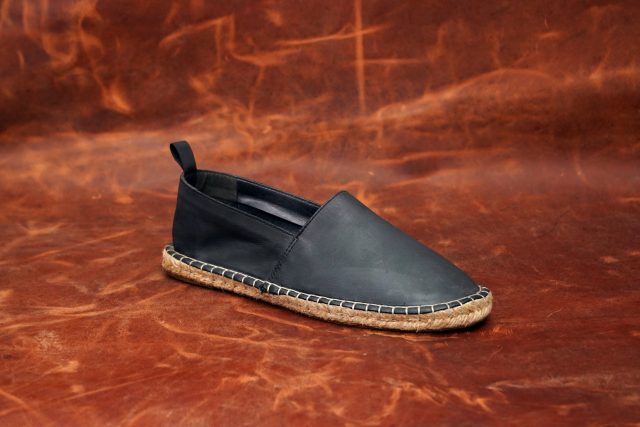Be at the forefront of innovation
Product

Production Process
Design Lab
has everything to say about the vision and mission of our Shoe Company, instilling the passion for fashion in our Designers to deliver the FINEST.
Working closely with our R&D and equally passionate suppliers, Alig strives for creativity that is truly fashionable & unique, positioning our customers’ right into the playground with the best in global market. Our vertical Integration of Tannery & Shoe Manufacturing ensures that the creativity is not only TRENDY but also commercially preferable in the market, enhancing our customer’s competitive advantage.

Cutting edge CAD technology, high precision production infrastructure and discipline embedded work culture, we make sure that not only we are the best in fashion but also fiercely competitive in the marketplace, adhering to its key policies and commitments.
Recognizing the fact that QUALITY is in its PEOPLE, Alig firmly believes in Skill Development and HR Training. Our In-House training center has consistently upgraded personals from various levels of organization, creating a mutual benefit of Self-Empowerment & improved performance.
Alig is also a practicing Socially Responsible company, running a Local Charity Hospital (H.A.H Hospital) to serve the community.
Pick a plan that fits your needs
- Functional Strategy
- Strategy & Operations
- Corporate Strategy
- Organisational Strategy
- Business Model Transformation
- Functional Strategy
- Digital Strategy
- Corporate Strategy
- Organisational Strategy
- Business Model Transformation
- Company & Business Setuo
- Investment Management
- Acquisition Consulting
- Company Management
- Private Placement Consulting



